Both cricket and football produce moments of raw power that defy human limits, whether it’s a cricket ball rocketing at 160 km/h or a football being launched like a missile. These feats aren’t just thrilling; they’re scientific marvels. From biomechanics to reaction time, here are 9 epic showdowns between cricket’s fastest bowlers and football’s hardest hitters, and why the science behind them is absolutely terrifying.
1. Shoaib Akhtar (161.3 km/h) vs Ronny Heberson (211 km/h):
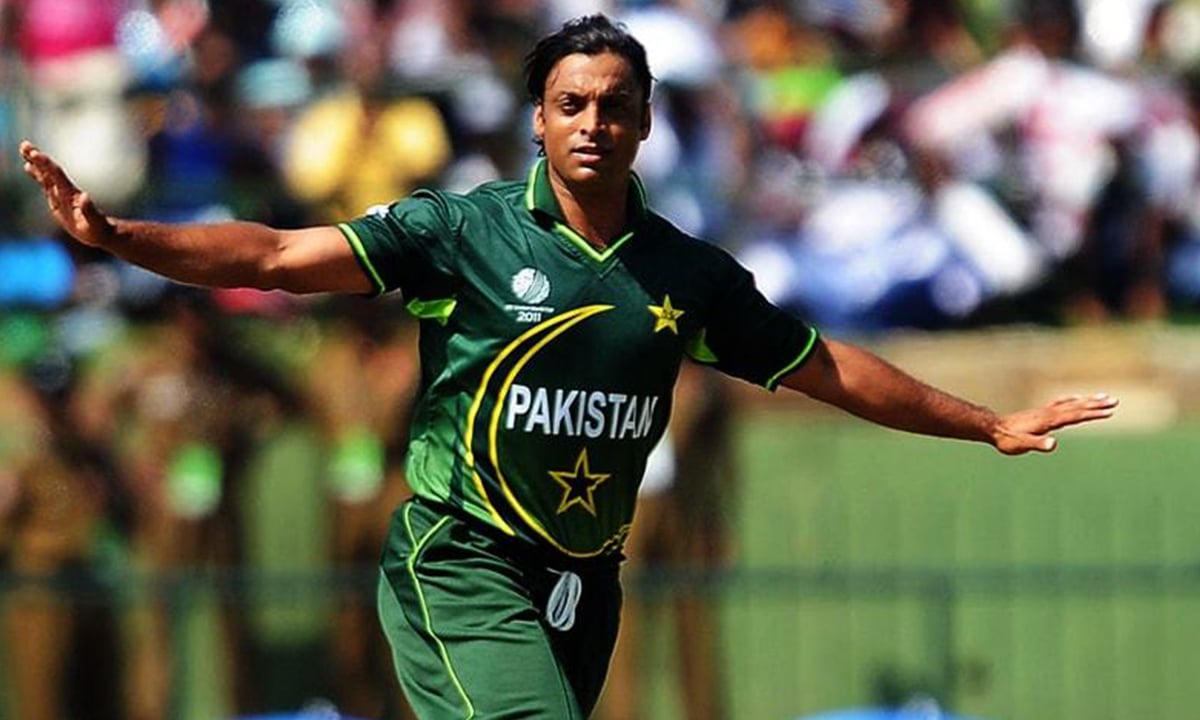
Shoaib Akhtar, known as the “Rawalpindi Express,” delivered the fastest ball in cricket history at 161.3 km/h (100.23 mph) against England in 2003. His biomechanical power, momentum through run-up, and perfect wrist release created a bullet-like delivery. In football, Ronny Heberson’s thunderbolt free-kick for Sporting CP was clocked at 211 km/h (131.5 mph) the hardest shot ever recorded. The cricket ball is denser and smaller, making Akhtar’s delivery potentially more dangerous on impact. Both are near-impossible to react to, but the football shot carries more blunt force, while the cricket ball can break bones.
2. Brett Lee (161.1 km/h) vs Roberto Carlos (198 km/h):

Australian speedster Brett Lee was consistently fast, but his 161.1 km/h thunderbolt against New Zealand in 2005 stands out. He used torque from his shoulders and hips, along with a slingshot arm motion, to maximize speed. Roberto Carlos, famous for his curling free kicks, once struck a ball at 198 km/h. Though less direct than Heberson’s, Carlos combined speed with spin, creating the “banana” trajectory. From a physics standpoint, Lee’s delivery compresses air and has higher localized pressure due to its size, while Carlos’s shot could knock over a goalkeeper unprepared for the impact.
3. Shaun Tait (161.1 km/h) vs Zlatan Ibrahimović (150+ km/h):
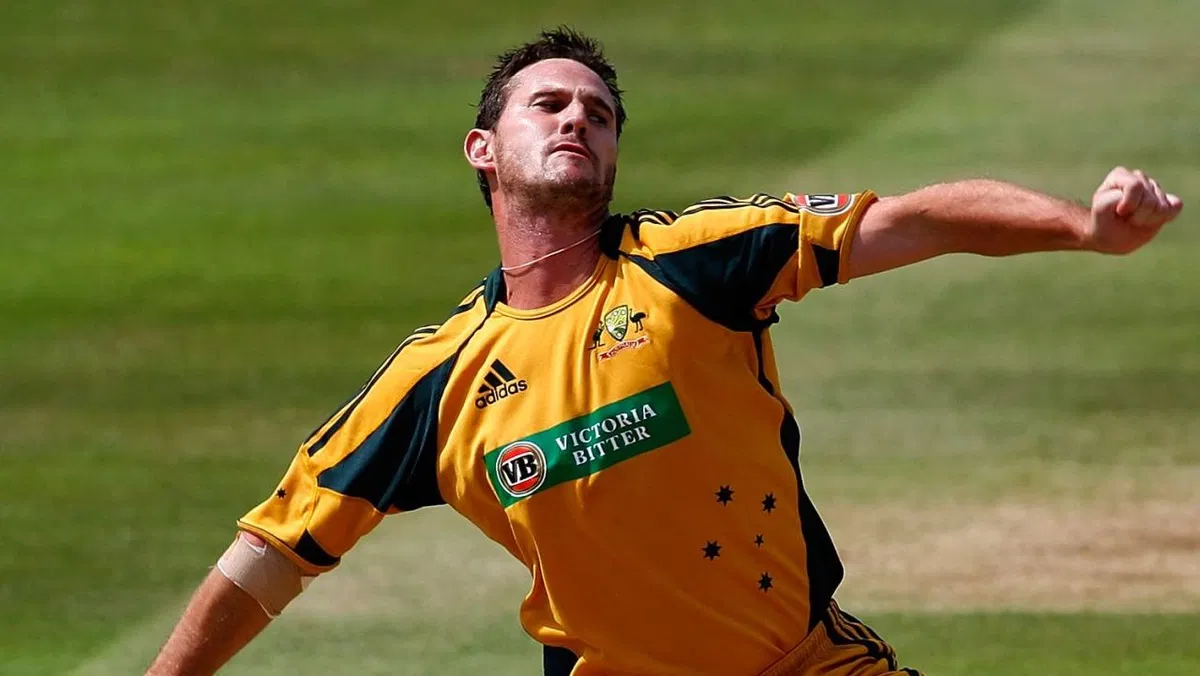
Shaun Tait, known for his erratic speed and wild action, matched Brett Lee’s record with a 161.1 km/h delivery. His raw athleticism allowed him to generate incredible pace without classical technique. Zlatan Ibrahimović, during his time at PSG, was recorded hitting a shot at over 150 km/h. Though not a record, Zlatan’s shot combined power with precision. Comparing the two: Tait’s delivery gives a batsman roughly 0.45 seconds to react, while a football keeper at 12 yards has about 0.3–0.4 seconds of reaction margins that make both scenarios terrifying.
4. Jeff Thomson (160.6 km/h) vs David Beckham (137 km/h):
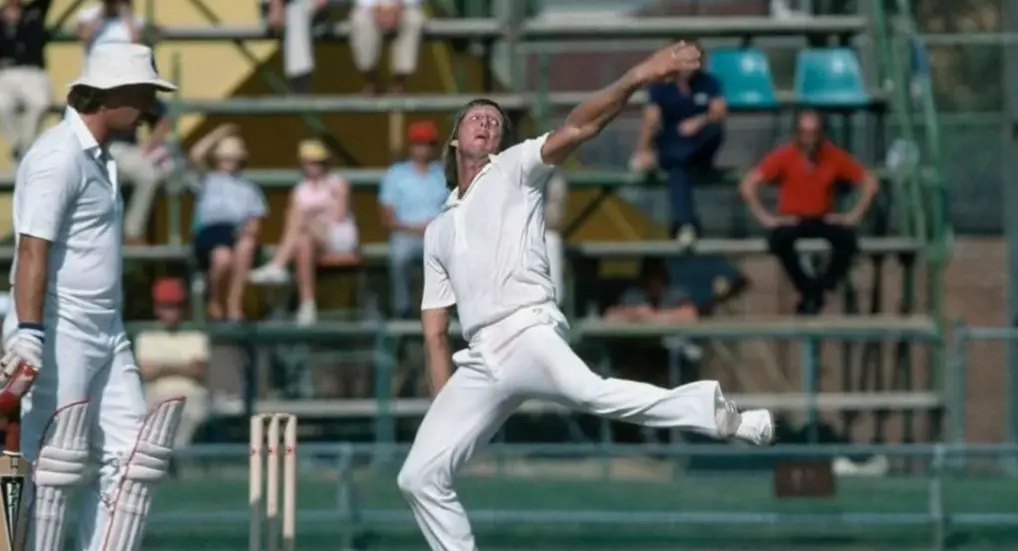
Jeff Thomson’s slingy, whip-like action made him a nightmare in the 1970s. With little warning of his release, he clocked a verified 160.6 km/h. David Beckham, known more for placement, still delivered a famous 137 km/h strike in his prime. While Beckham’s shot had finesse, Thomson’s delivery had menace. Thomson’s action created unpredictable bounce and angle, like Beckham’s ability to bend the ball unpredictably. Both could outsmart and overpower, but the psychological fear of facing Thomson with minimal protection makes his delivery especially formidable.
5. Mitchell Starc (160.4 km/h) vs Cristiano Ronaldo (117 km/h average)
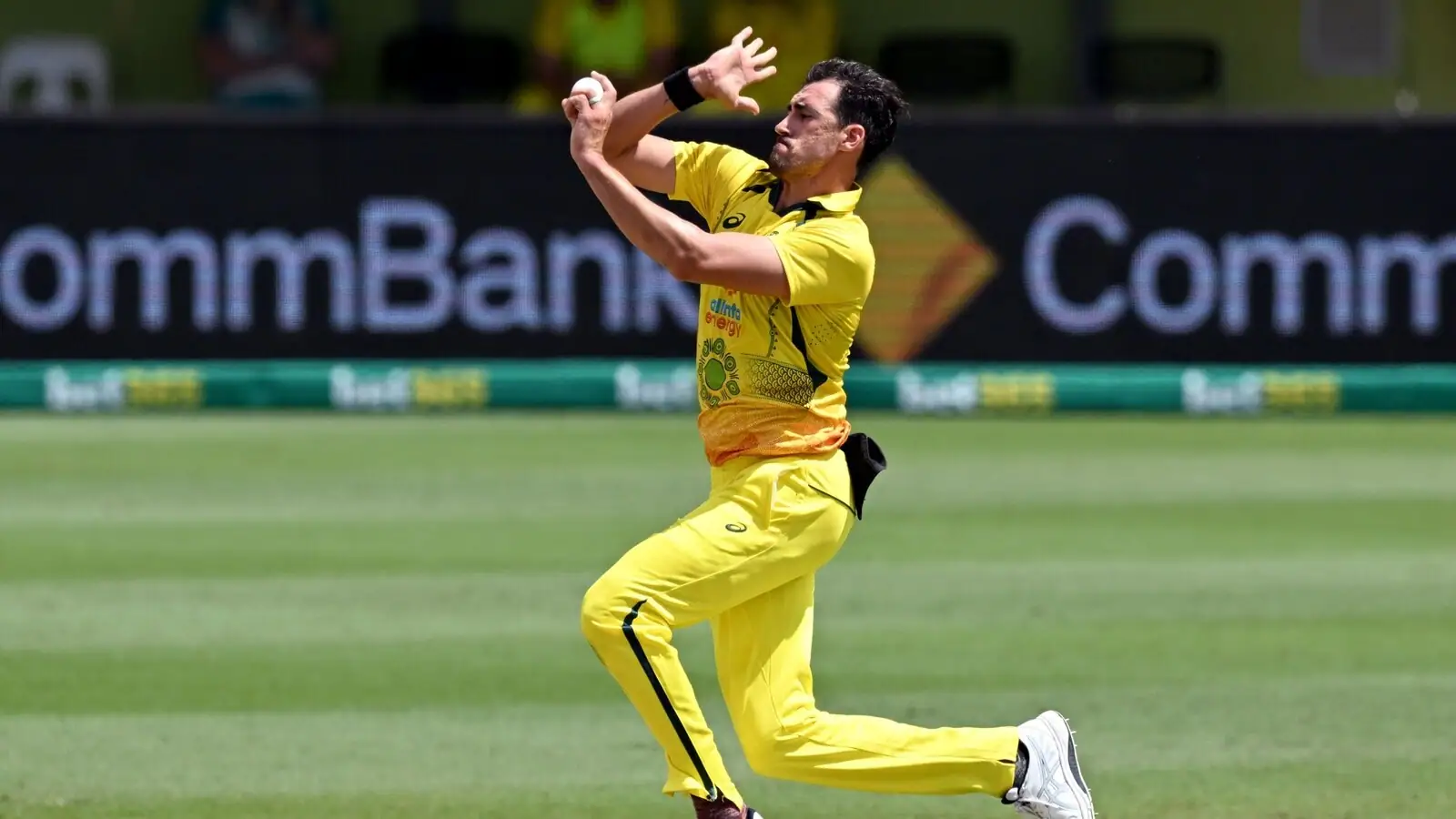
Mitchell Starc delivered his fastest ball (160.4 km/h) during an ODI in 2015, blending perfect line with toe-crushing pace. Starc’s left-arm angle makes him deadly, especially against right-handers. Cristiano Ronaldo’s average free-kick velocity clocks at around 117 km/h, with some attempts exceeding that. While not the hardest, Ronaldo’s shots are precise, fast, and often dip sharply. Starc’s ball is smaller and more concentrated in energy, capable of inflicting serious injury. Ronaldo’s shots, though bigger in surface area, spread impact unless they hit the face or torso at close range. Both are devastating in their own ways.
6. Andy Roberts (159.5 km/h) vs Hulk (150 km/h):
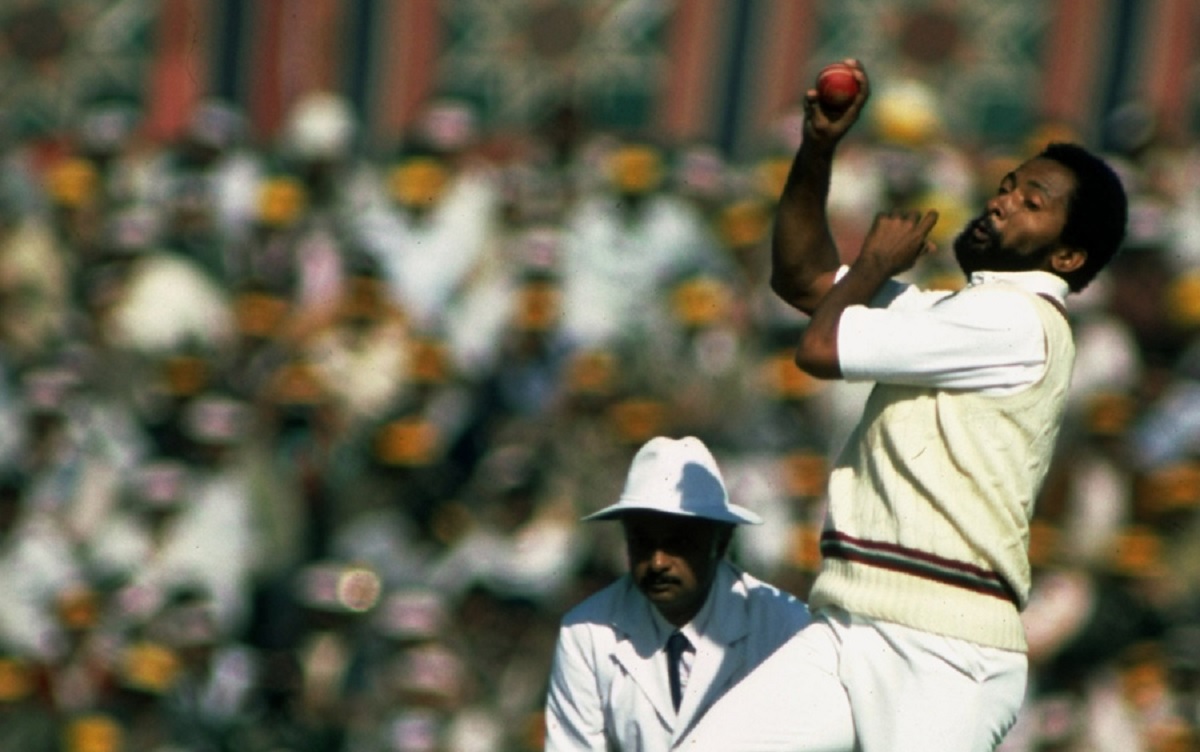
West Indian great Andy Roberts was among the original speed demons of the 70s, and his near-160 km/h delivery came with classic fast-bowling intimidation. Brazilian striker Hulk is known for his powerful left foot, with shots recorded at up to 150 km/h. The muscle mass and explosive force from Hulk’s lower body rival that of a sprinter, while Roberts relied more on rhythm and fast-twitch muscle reaction. The key difference is in range: Hulk’s shots usually travel from 20+ meters, while Roberts’ deliveries pitch within 22 yards, compressing the batter’s reaction window dangerously tight.
7. Anrich Nortje (156.2 km/h in T20) vs Gareth Bale (143 km/h):
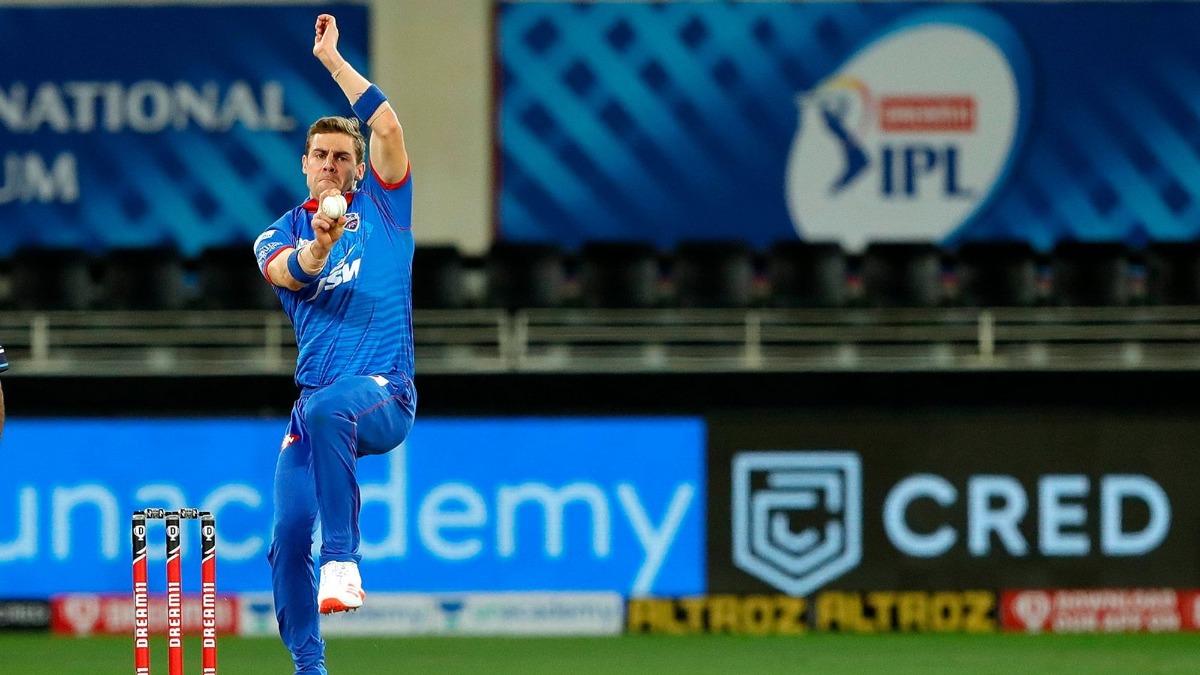
Anrich Nortje bowled one of the fastest ever deliveries in T20 history at 156.2 km/h, a format where bowlers rarely go flat-out due to the quick turnover. Doing so under pressure shows incredible athleticism. Gareth Bale, known for his sprints, once struck a ball at 143 km/h during his Real Madrid days. Both athletes use lower-body power, timing, and kinetic transfer. Nortje’s ball, though smaller, carries focused kinetic energy and is more dangerous due to potential head injuries, especially in T20, where batsmen pre-commit to shots. Bale’s shots, while painful, are more about shock than precision injury.
8. Dale Steyn (156.2 km/h) vs Steven Reid (189 km/h):
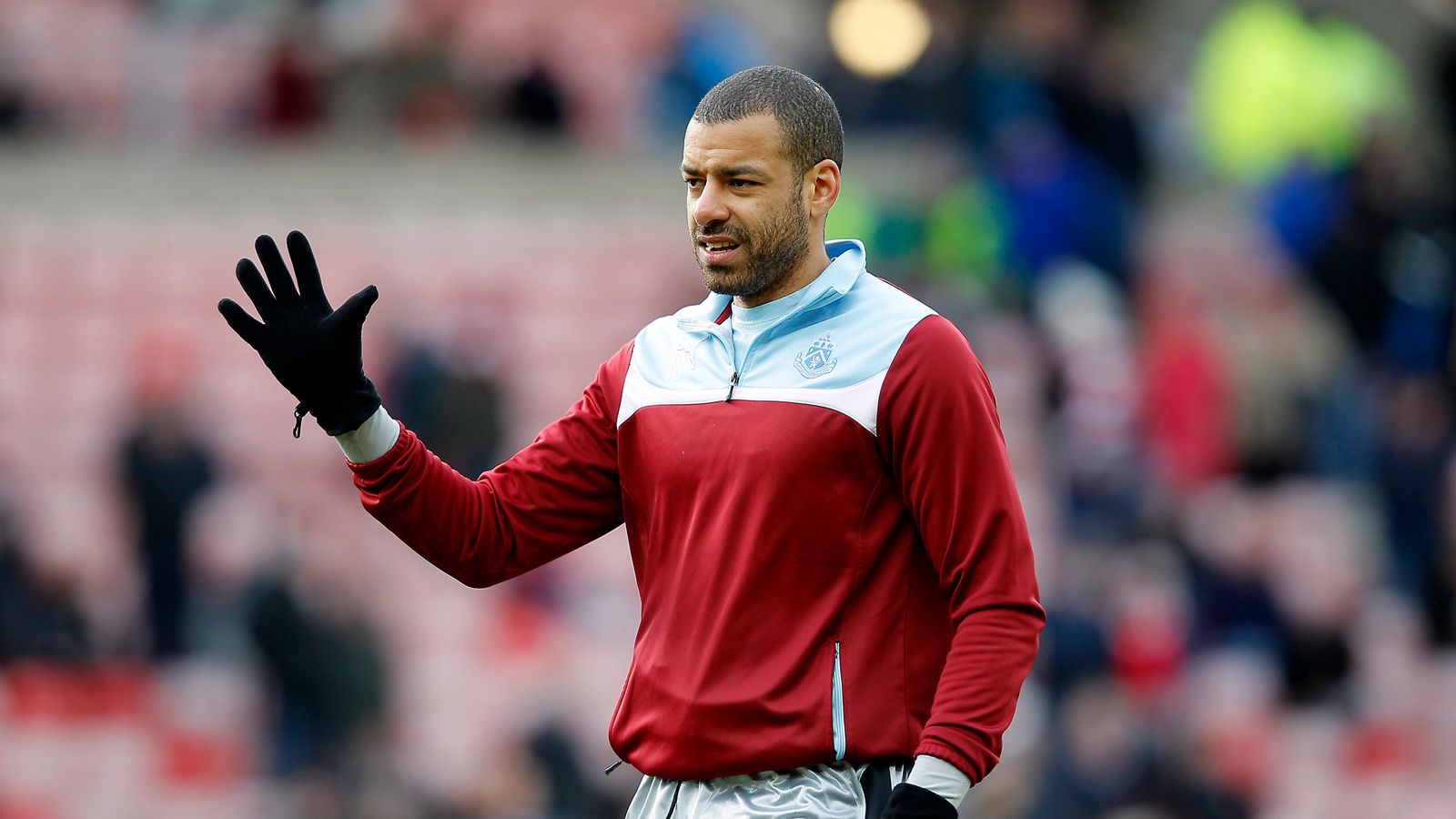
Dale Steyn, South Africa’s pace spearhead, once delivered a searing 156.2 km/h ball, combining classic technique with aggression. His speed was coupled with a late swing, making the ball doubly hard to deal with. Steven Reid, a former Blackburn Rovers midfielder, unleashed a shot at 189 km/h, the second fastest in Premier League history. The ball rocketed from his foot like a missile. While Steyn’s ball is smaller and sharper, Reid’s shot generates more widespread impact. From a physics perspective, Steyn’s ball penetrates, while Reid’s can knock players off balance. Both are examples of elite biomechanics.
9. Lockie Ferguson (157.3 km/h) vs Obafemi Martins (135–140 km/h):

New Zealand’s Lockie Ferguson hit 157.3 km/h, one of the fastest balls in modern cricket, using a smooth, athletic action and explosive speed through the crease. Obafemi Martins, once known for his speed and power, clocked shots around 135–140 km/h during his peak years. Ferguson’s advantage is in delivery precision and the ball’s density, which can fracture fingers or helmets. Martins’ shots, though slower by comparison, carry tremendous momentum due to the mass of the ball. The reactions needed to deal with Ferguson’s delivery are quicker than those for Martins’ shots, making them terrifying in close quarters.
